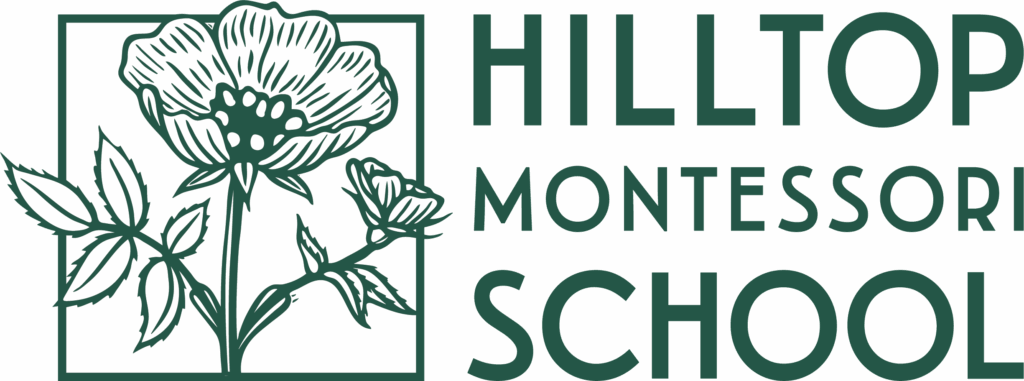Like every week, last week I talked to my family who lives in New York. My older brother, who
has been in this country for 24 years, has two kids who go to the public elementary school near
their house. Usually my nine year old nephew and seven year old niece like to share the cool
new things that they have been learning about and are doing at their school, especially their
artwork. This time two things from their school experiences came to my attention. One was
about a lesson they learned during Black History Month, and the other was about how they were
preparing to celebrate Doctor Seuss’s birthday. I stayed quiet for a while and imagined their
classrooms.
“We learned that Abraham Lincoln fought for the freedom of Black slaves, and that is why they
are free now” one of them said in a very proud and innocent voice. “Does that make him a
hero?” I asked. “Sort of… that made him the president of the United States” they answered. I did
not insist on asking or pushing more about it. That was one of their exciting experiences that
they wanted to share with me from school and I decided to respect it. “But also we have been
preparing our classroom to celebrate Doctor Seuss’s birthday. We have all of his books and
pictures in the classroom, and we are going to draw and color pictures. Do you have Doctor
Seuss books in your school uncle?” they asked.
Questions about why we celebrate Black History Month (BHM) have been voiced in social
media, questioning educators’ eagerness to encourage schools and families to consider it as
part of their curriculum and practices. The main reason for bringing BHM into schools is not just
to talk about the cruel past Black people in this country have endured, such as enslavement, but
to celebrate their unique forms of resistance, liberation, and excellence. When I heard my niece
and nephew say that they learned about Lincoln as the hero who led Black people to their
freedom during BHM, I worried about the identity that they are constructing of themselves as
people of color and children of immigrants, based on the whitewashed information they are
being subjected to at their school.
It’s a similar situation with Doctor Seuss’s birthday celebration. In the last few years, many of Dr.
Seuss’s books have been shown to be racist. The lack of racial representations and racial
misrepresentations and stereotypes are part of the trend of his work. We cannot continue
mistaking “kindness” with the unwillingness to see discrimination among us. We cannot continue
to consider books that are written for children as “appropriate” just because they are nostalgic
and entertaining with silly illustrations and catchy rhymes. When seeing and hearing my niece
and nephew passionately tell me the stories of those books, I know that I have more work to do.
It’s work I know I can also do at home with my kids, and at work with my students and
colleagues.
The Hilltop Montessori School mission statement encourages responsible independence and
critical learning in our students. And these steps also apply to the growth of our staff community.
We are conscious that Black History must be incorporated into the full year curriculum, but we
need to start with February, because Black history isn’t integrated yet as a full part of American
history. This is a work that begins with an awareness of our social environment, by taking
actions against social and economic inequities in our community, by listening to all the
diversities that coexist within our classrooms, and by acknowledging that this work is a long
journey that surpasses the comfort of our privileges.
Here are some links about why it is important to:
● Talk about Black History Month at Schools
● Consider the Racism in Dr. Seuss’s books
Yupaichani / Gracias / Thank you
Marco Yunga Tacuri

